
Kawasaki disease, KD and Kawasaki syndrome are synonyms for the autoimmune disease which usually affects children younger than 5 years of age. KD affects the mouth, skin and lymph nodes and if left untreated it can cause serious heart problems and even lethal consequences. This disease can’t be prevented, however, with proper and timely treatment most little patients recover quickly.
In the United States, Kawasaki disease has been seen more frequently in Korean and Japanese children, but in general this disease affects 19 of 100.000 kids.
What Are Symptoms and Health Consequences of Kawasaki Disease?
There are two distinctive phases of Kawasaki disease, each having specific symptoms. In the first phase of the disease children usually have high fever (over 39° Celsius or 104° Fahrenheit) and this condition lasts for several days. Typical symptoms of the first phase are also: severe redness of the eyes, red, dry and cracked lips, swelling, big red bumps and white coating of the tongue and sore and irritated throat. Children usually develop rash on the chest, stomach and genital area, while the lymph nodes may be swollen. Additionally, a child with Kawasaki syndrome will have swollen and purple-red palms of the hands and soles of the feet.
Second phase starts after 2 weeks and it is followed with peeling of the skin from the palms of the hands and feet. In this phase, little patients usually experience abdominal pain, vomiting, diarrhea or even joint pain.
As mentioned, early detection and treatment are proven to give excellent results in kids diagnosed with Kawasaki disease. In most children, treatment of symptoms in first 10 days of the disease has prevented any heart complications.
Serious problems related with Kawasaki disease appear in untreated children. These are presented as inflammation of the blood vessels (vasculitis), especially vasculitis of the coronary arteries. Besides affecting the heart arteries, Kawasaki disease can also provoke inflammation of the valves, lining, heart muscle and outer membrane of the heart. Possible problems associated with untreated KD include abnormal function of heart valves or arrhythmias.
Kawasaki Disease Treatment
The treatment for this disease should be started quickly after diagnosis, in first 10 days of the disease. Therapy includes IV (intravenous) gamma globulin, which are actually purified antibodies, designed to help against infection happening in the kid’s body. Children diagnosed with Kawasaki disease may also be given high doses of Aspirin, in order to decrease possibility of heart-related medical problems.




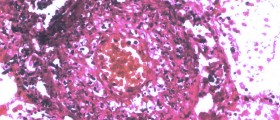

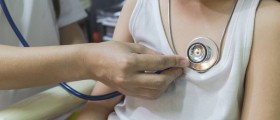

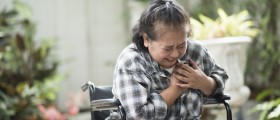
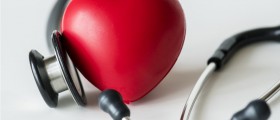

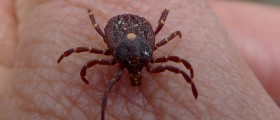
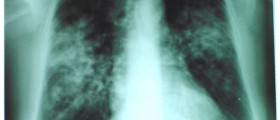
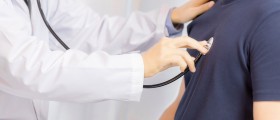

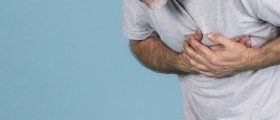

Your thoughts on this
Loading...